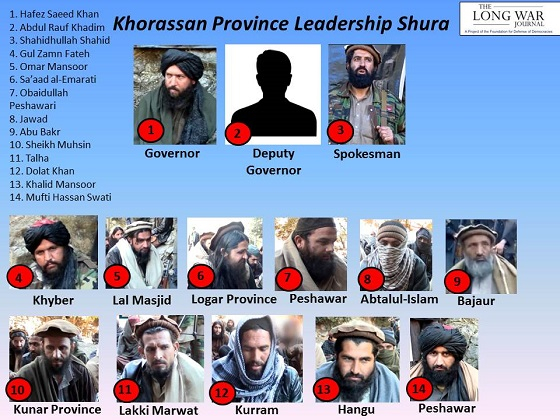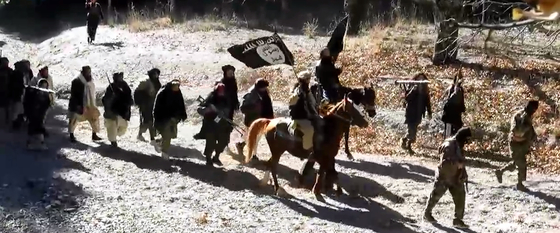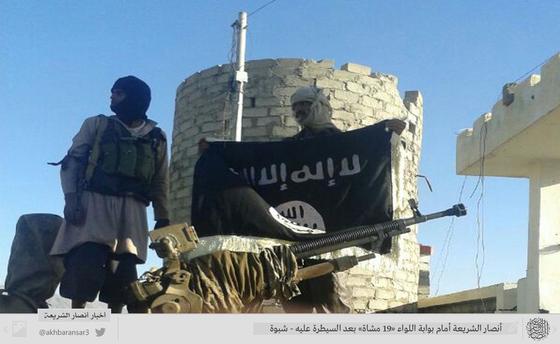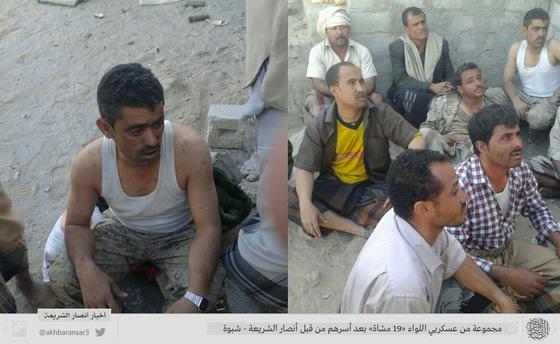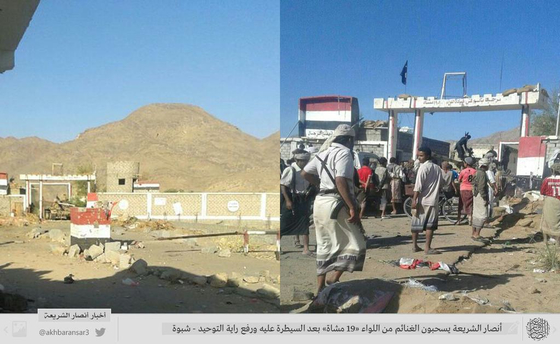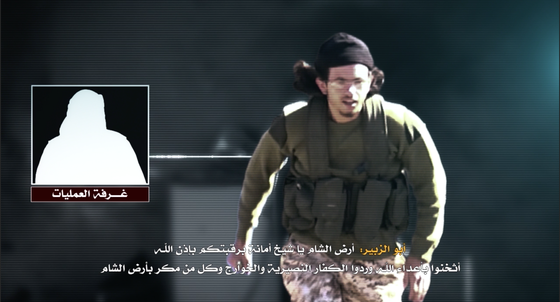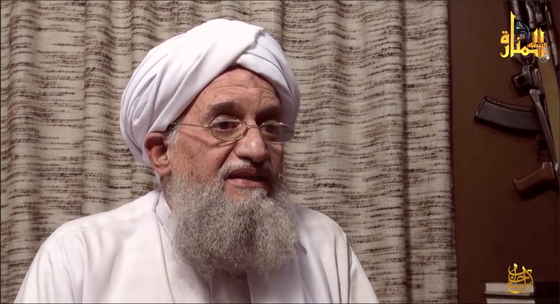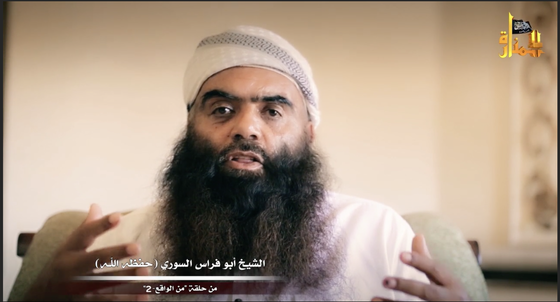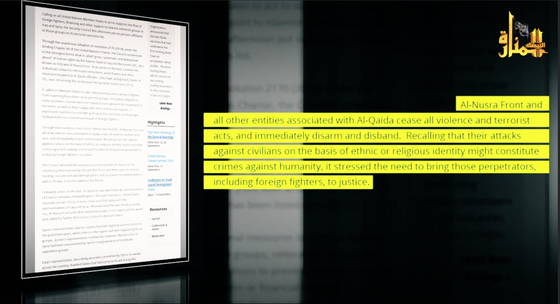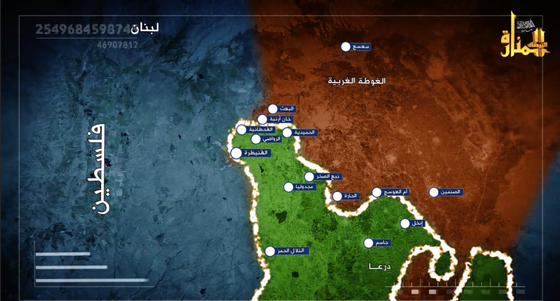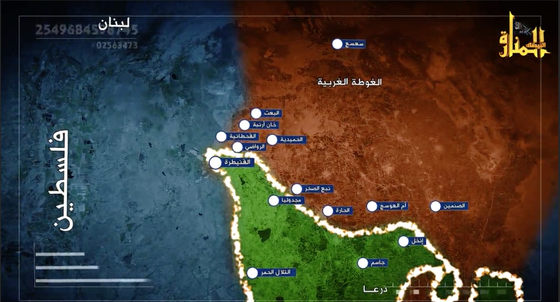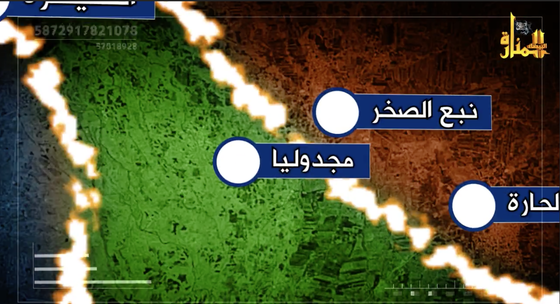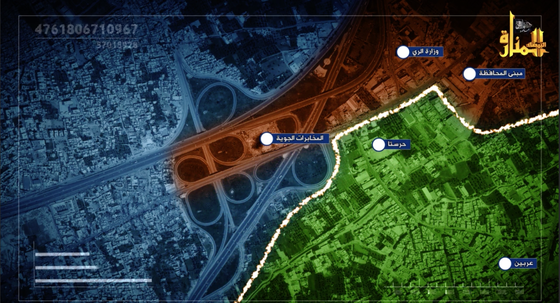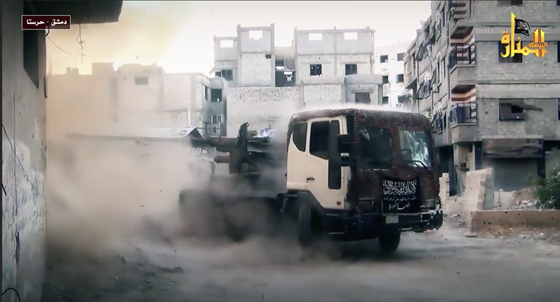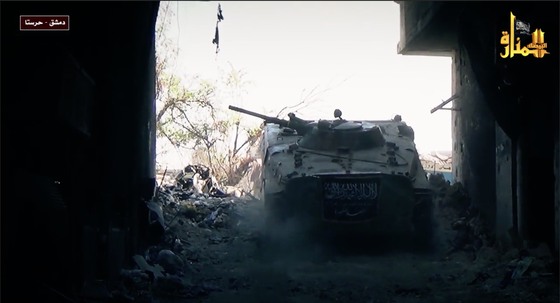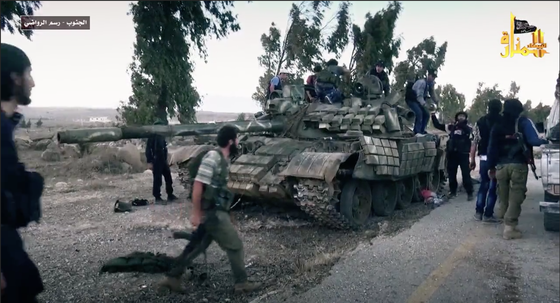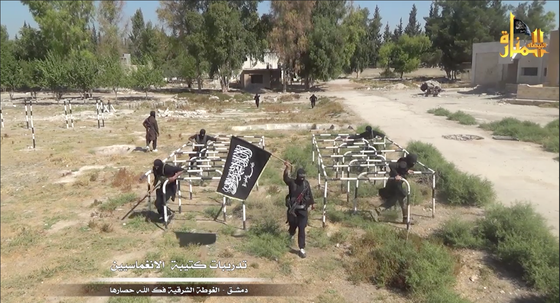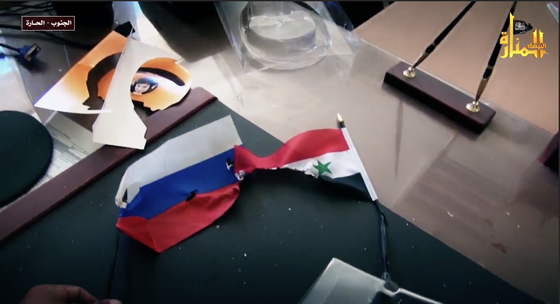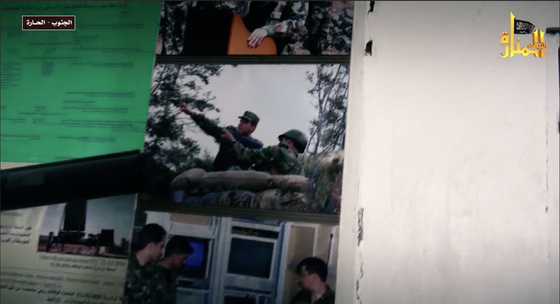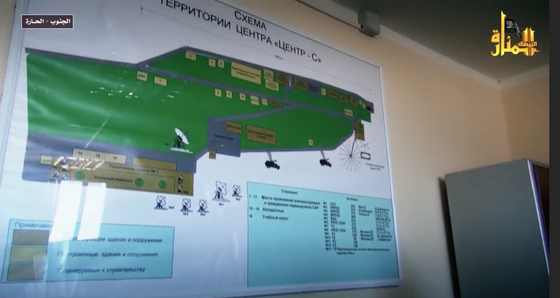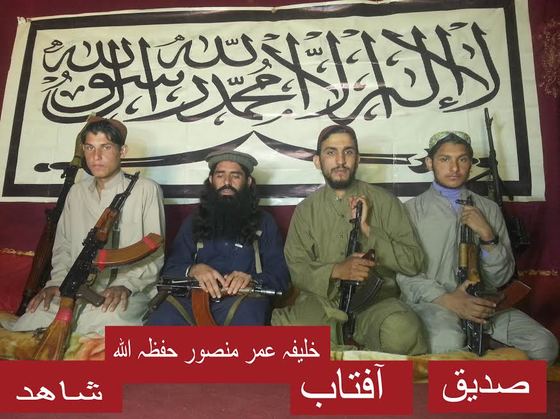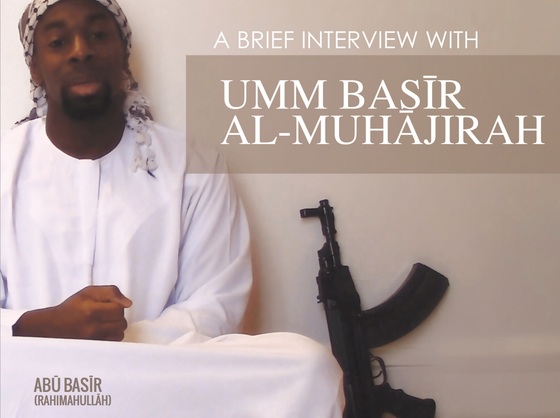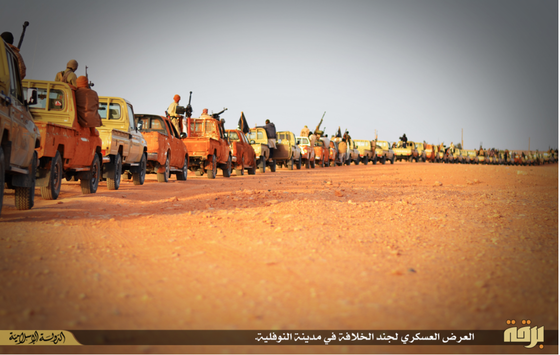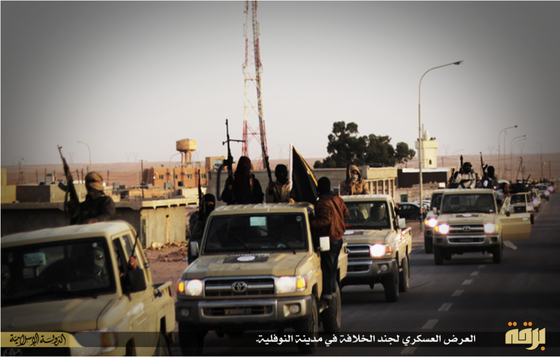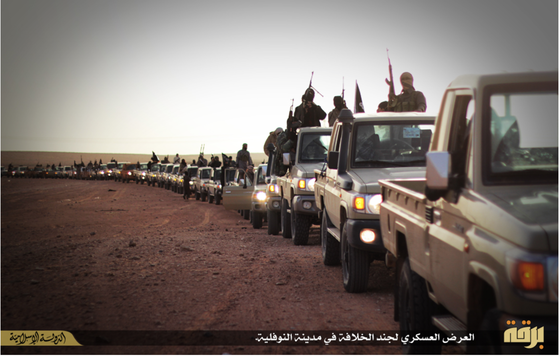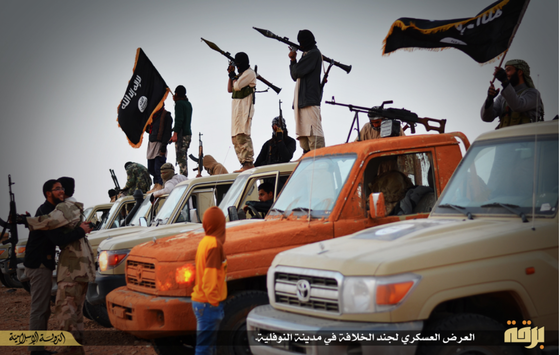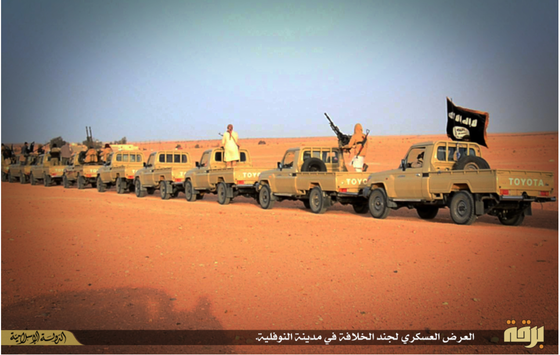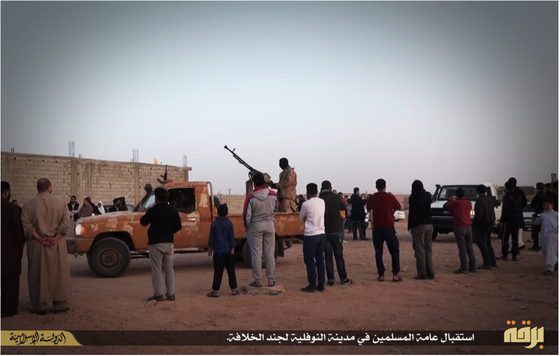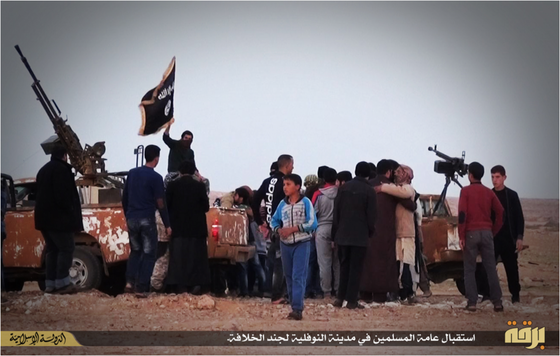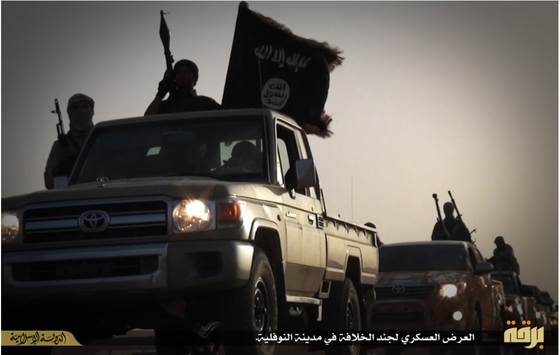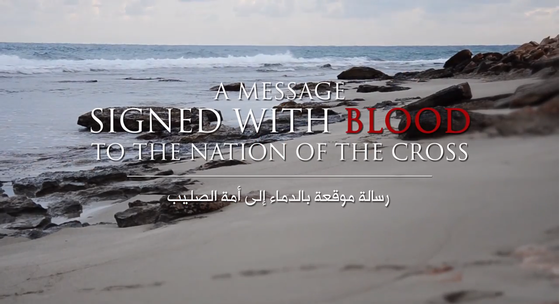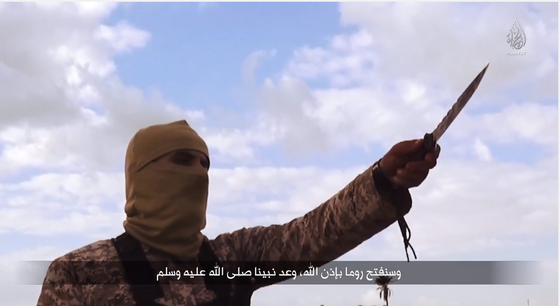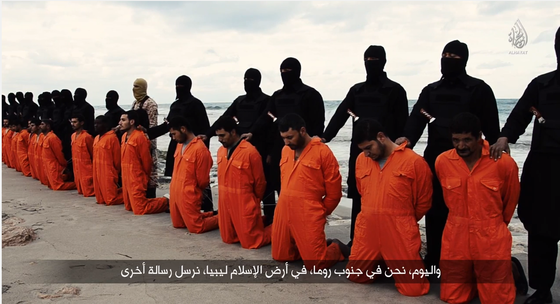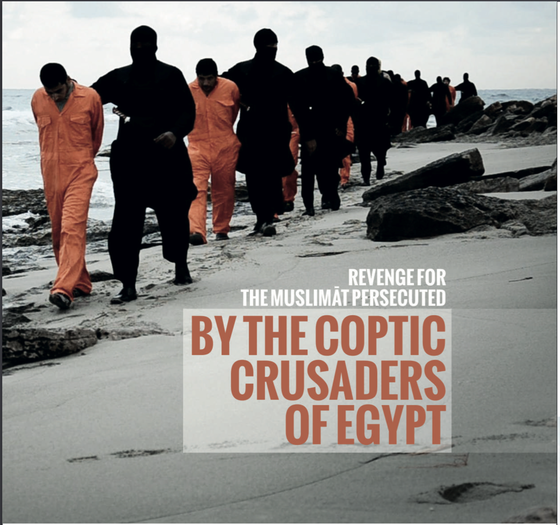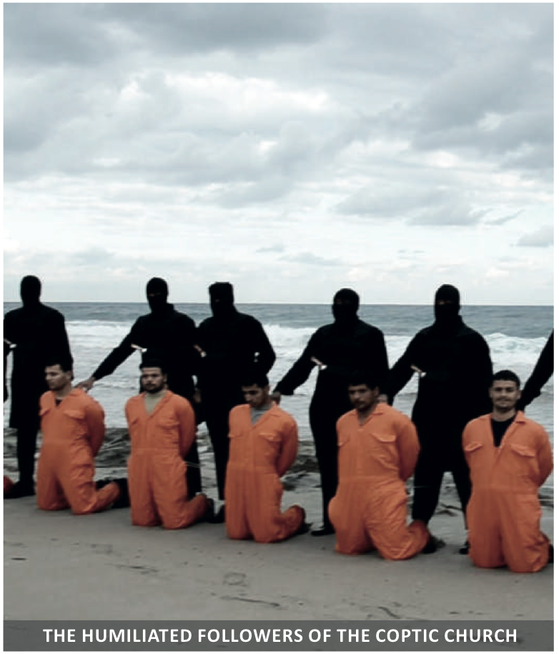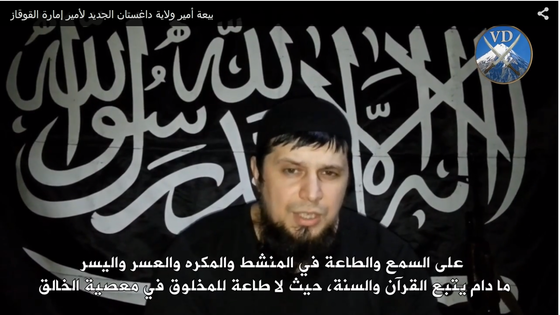![Screen Shot 2015-02-15 at 9.38.12 PM.png]()
The Islamic Caucasus Emirate's (ICE) leader in Dagestan, Said Arakanskiy, denounced the jihadists who defected to the Islamic State in a newly-released video. Arakanskiy's short speech, totaling two minutes and 30 seconds, was released via the Vilayat Dagestan's official web site and on its Twitter feed on Feb. 14.
A screen shot from the video, showing Arakanskiy, can be seen above.
The Vilayat Dagestan is one of ICE's official "provinces." Its former leader and some of his allies broke their allegiance to ICE emir Ali Abu Mukhammad al Dagestani late last year. This provoked a swift backlash from Dagestani, who quickly appointed Arakanskiy as ICE's new leader in Dagestan. [See LWJ report, Dagestani jihadist swears allegiance to Islamic State, invoking backlash.]
In the new video, Arakanskiy makes it clear that he is an ICE loyalist who will not be following the defectors.
"I, emir of Vilayat Dagestan of the Caucasus Emirate, pledge allegiance to our emir Sheikh Abu Mukhammad [al Dagestani], may God protect him, [and I swear] that I will obey him and follow him in trouble and joy whether I like it or not, as long as he follows Koran and the Sunnah [the teachings of the Prophet Mohammed]," Arakanskiy says, according to a translation obtained by The Long War Journal.
Arakanskiy continues by addressing the "mujahideen brothers who have renounced their allegiance to" Ali Abu Mukhammad al Dagestani and "sworn allegiance to Abu Bakr al Baghdadi," the leader of the Islamic State. He argues that these defectors "should not split the ranks of mujahideen because it makes non-believers happy and weakens jihad." Not only do they no longer follow Dagestani, they have abandoned the "scholars of jihad," Arakanskiy says.
The rise of the Islamic State in Iraq and Syria has created an interesting dynamic in the jihadists' world. Baghdadi's henchmen have tried to peel off some of the jihadists allied with al Qaeda's international network. They have had some success in this regard, as demonstrated by Vilayat Dagestan's leadership crisis.
By the same token, however, the Islamic State's rivalry with al Qaeda has also further exposed the degree to which al Qaeda commands the loyalty of jihadists who have not been publicly recognized as being a part of Ayman al Zawahiri's organization.
Al Qaeda is known to hide its hand in some groups. For instance, the Al Nusrah Front in Syria was a part of al Qaeda's network well before its formal allegiance to al Qaeda was exposed in April 2013. Zawahiri had prohibited any official recognition of al Qaeda's presence in Syria. While careful observers could detect al Qaeda's influence in Al Nusrah from the get-go, it was not until after the dispute between the emirs of the Al Nusrah Front and the Islamic State became public that Al Nusrah's close ties to al Qaeda's senior leadership were widely recognized.
Similarly, ICE's loyalty to al Qaeda has become more clear as a result of the Islamic State's challenge.
The "scholars of jihad" Arakanskiy references are likely the same al Qaeda ideologues who have denounced the Islamic State and endorsed Ali Abu Mukhammad al Dagestani as ICE's emir. In January, top sharia officials from both the Al Nusrah Front and Al Qaeda in the Arabian Peninsula (AQAP) issued a joint statement saying the ICE defectors were mistaken and that Dagestani was a well-qualified leader for the group. One of the statement's signatories was Harith al Nadhari, a senior AQAP sharia official who was a staunch critic of the Islamic State.
In early February, the Vilayat Dagestan openly mourned Nadhari after AQAP issued a statement saying he had been killed in a US drone strike. The Vilayat Dagestan's web site continues to feature Nadhari's commentaries, as well as messages and videos featuring other pro-al Qaeda, anti-Islamic State thinkers, such as Abu Muhammad al Maqdisi.
ICE emir: Zawahiri "our leader"
Ali Abu Muhammad al Dagestani, who succeeded Doku Umarov as the emir of ICE in March 2014, has steadfastly supported al Qaeda and the Taliban throughout the controversy over the Islamic State's rise. He has continued to do so even as some Chechen jihadists, including Abu Omar al Shishani, have risen to prominent positions within Abu Bakr al Baghdadi's organization.
In 2013, Abu Omar al Shishani helped found Jaish al-Muhajireen wal Ansar, or the Army of the Emigrants and Helpers, before officially joining the Islamic State.
Jaish al-Muhajireen wal Ansar, which is led by Chechens but includes other fighters as well, remains loyal to Dagestani. The group has tried to remain neutral in the conflict between the Islamic State and its jihadist rivals in Syria. However, like Vilayat Dagestan, Jaish al-Muhajireen awl Ansar and its allies in Ansar al Din, a coalition of several Syrian rebel groups, mourned the loss of Nadhari earlier this month. [See LWJ report, Rebel coalition in Syria mourns al Qaeda official killed in US airstrike in Yemen.]
In late June 2014, Dagestani released a video in which he discussed the efficacy of suicide bombings and the necessity of avoiding civilian casualties. Dagestani referred to Ayman al Zawahiri as "our leader" in the video and noted that Zawahiri has "urged rebels to avoid places where civilians gather."
The ICE emir was likely referencing the jihadist guidelines issued by al Qaeda under Zawahiri's direction. Al Qaeda is attempting to limit the jihadists' civilian casualties in the Muslim majority world as it tries to build a broader base of popular support.
In September 2014, Dagestani released another video addressing Zawahiri and other leading jihadist ideologues as the "scholars of the ummah," or international community of Muslims. All of the other scholars addressed by the ICE head in the video back al Qaeda in its rivalry with the Islamic State. The other scholars included: Abu Muhammad al Maqdisi, Hani al Sibai, Tariq Abd al Halim, and Abu Qatada al Filistini, all of whom have criticized Baghdadi.
Dagestani referred to the "scholars" collectively as "our valued brothers, the loved ones, the delights of our eye." It is likely that he addressed them in these glowing terms as a reply, of sorts, to the Islamic State and its supporters, who have been accused of slandering the veteran jihadist ideologues for not supporting the Islamic State.
"We rely on you in our jihad and follow you as our paragon," Dagestani said, addressing the jihadist leaders. "Therefore, do not forget us in your provision of advice and guidance whenever this is feasible and possible for you."
In late September and early October of last year, Dagestani played a leading role in promoting a jihadist truce initiative in Syria. He joined some of the same ideologues he had praised in publishing "An Initiative and Call for a Ceasefire Between Factions in Syria." The proposed truce aimed to take advantage of the America-led bombing campaign in Syria to promote a ceasefire between the Islamic State and its foes. The Islamic State did not formally agree to such a deal. [See LWJ report, Pro-al Qaeda ideologues propose truce between Islamic State, rivals.]
When denouncing the defectors who have sided with the Islamic State, both Dagestani and Abu Usman, ICE's top sharia judge in Dagestan, have referred to the jihadists' scholarly consensus concerning the Islamic State's "caliphate." They argue that the defectors have ignored the opinions of leading jihadist thinkers in swearing bayat (oath of allegiance) to Baghdadi.
Said Arakanskiy's new video echoes this argument.
